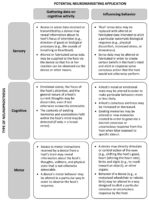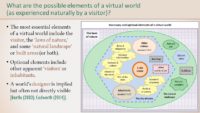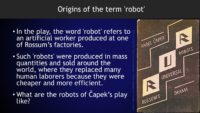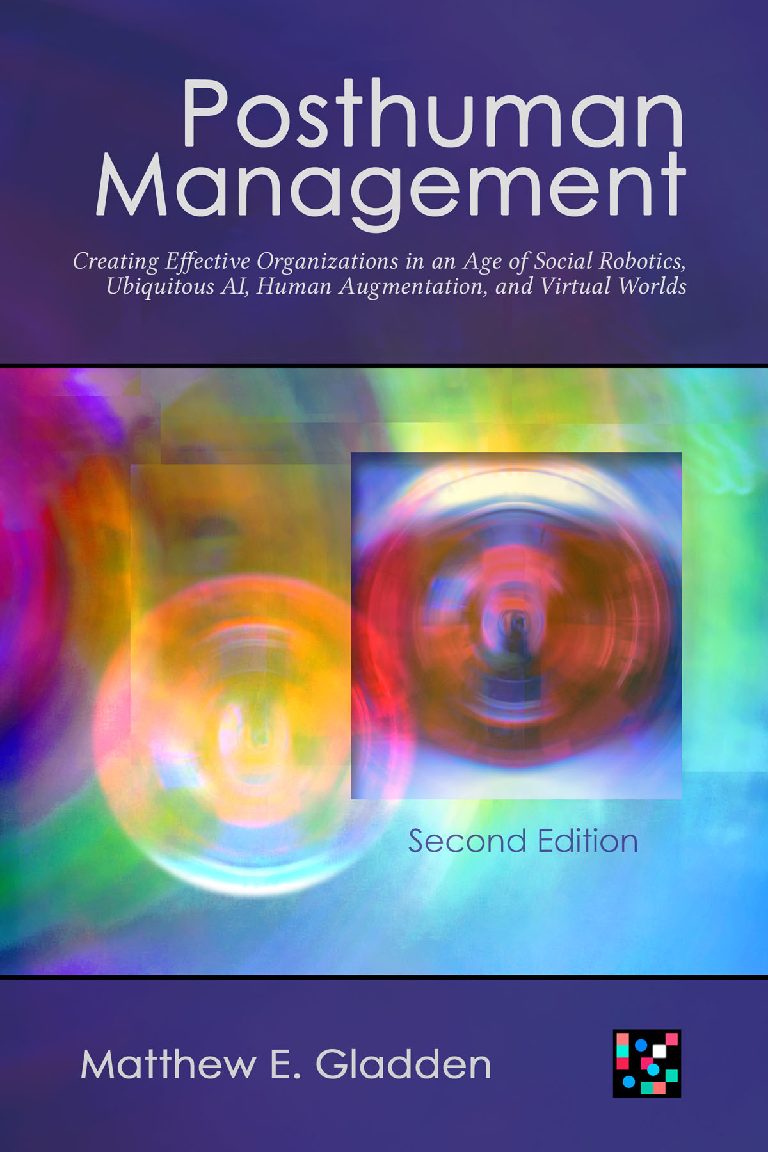Dynamics of Technological Posthumanization: Distinguishing the Anticipated Paths of Developed and Emerging Economies
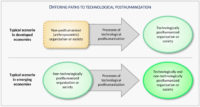
In ICTM 2018: Proceedings of the International Conference on ICT Management for Global Competitiveness and Economic Growth in Emerging Economies, edited by Jolanta Kowal, Anna Kuzio, Juho Mäkiö, Grażyna Paliwoda-Pękosz, and Piotr Soja • University of Wrocław, 2018
ABSTRACT: The processes of “posthumanization” can be understood as those dynamics by which a human organization or society comes to include members other than “natural” biological human beings who contribute to the structure, activities, or meaning of that organization or society. In the world of business, such posthumanization is commonly identified with the growing use of social robots, autonomous AI, and joint human-computer systems to perform work that in earlier eras would have been performed by human beings acting alone. Such “technological” posthumanization is often presented as a new phenomenon occurring largely in those developed economies that are pioneering Industry 4.0 paradigms (e.g., by expanding workplace automation) and that are uniquely positioned to harness such forces to drive economic growth. Here, however, we contend that such emphasis on the novelty of technological posthumanization overlooks forms of non-technological posthumanization that have been at work in human societies for millennia. Such dynamics of non-technological posthumanization have weakened significantly in many developed economies since the mid-20th century; however, they remain relatively strong in emerging economies. In this study, a conceptual framework is developed for identifying and comparing phenomena through which processes of technological or non-technological posthumanization manifest themselves in developed and emerging economies. It is argued that the ongoing and robust experience with non-technological posthumanization possessed by many of the world’s emerging economies may offer them unique and underappreciated psychological, social, and cultural mechanisms for integrating effectively into their enterprises, organizations, and institutions those novel forms of non-human agency that are at work in key Industry 4.0 technologies, like those relating to social robotics, autonomous AI, and advanced human-computer interfaces.


